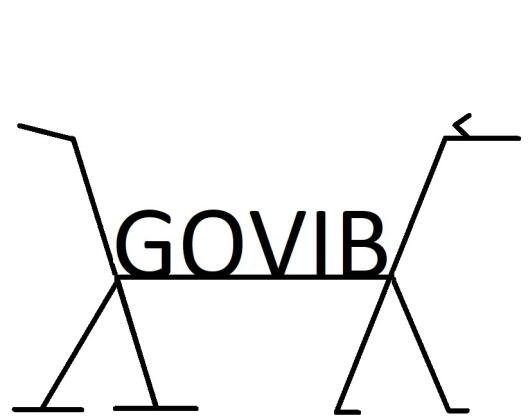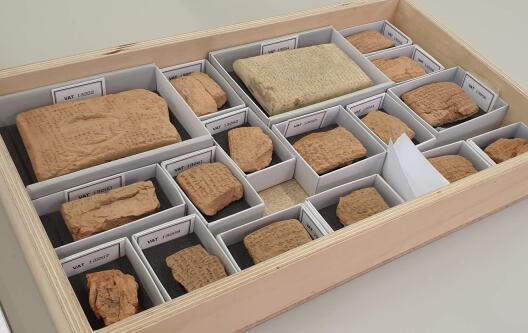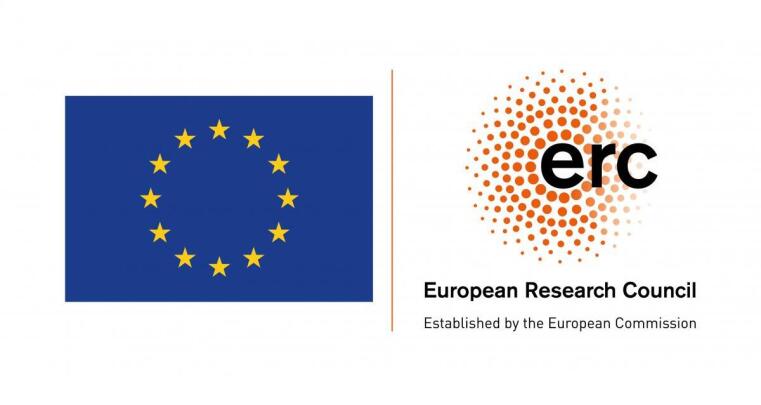
About GoviB
GoviB is short for "Governance in Babylon: Negotiating the Rule of Three Empires." The project has received funding from the European Research Council (ERC) under the European Union’s Horizon 2020 research and innovation programme in the form of a Consolidator Grant (grant agreement no. 101001619). The project runs from 2021 to 2026 at the University of Münster in Germany. GoviB’s team is lead by principal investigator Prof. Dr. Kristin Kleber and includes Assyriologists, archaeologists and student assistants, located in two institutions in two cities, at the Universität Münster and at the Vorderasiatisches Museum in Berlin.
Research questions and goals
The goal of GoviB, especially in the first half of the project's duration, is to produce the first publication of the archival texts from the German excavations (1899-1917) in Babylon. The texts come from temples and private houses and were produced by the city's elite.

The earliest text dates from shortly after the destruction of Babylon by the Assyrian king Sanherib in 689, and the latest texts date to the Hellenistic period (3rd / 2nd centuries BCE). In these roughly 500 years, Babylon was part of four different empires. Until 626, the Neo-Assyrian Empire controlled Babylon. When the Neo-Babylonian dynasty under Nabopolassar wrenched control over their homeland from the Assyrian overlords, a period of economic upswing began for Babylon. Nebuchadnezzar II enlarged the city and developed it to a representative imperial center. This heyday lasted only short: in 539 BCE Babylon was taken by the Persians under Cyrus the Great. Eventually the Persians yielded to the army of Alexander the Great in 331, whose successors in Babylonia were the Seleucids.
The largest share of texts dates to the Neo-Babylonian and Persian periods, but a substantial amount of texts pertains to the Neo-Assyrian rule over Babylon, a period that is otherwise extremely sparsely documented. Archival texts from the Hellenistic period are somewhat rarer in the archives that GoviB will publish.

To work on these editions, GoviB will edit these texts for the first time in an embedded and contextualised manner looking at the texts not only as a bearer of an inscription, but also as an artefact itself, its archival context, and particularly its archaeological context. Although the excavation documentation from the early 20th century does not meet modern standards, the excavators recorded the architecture, rough findspots and altitude specifications for the finds. This enables us to take the buildings in which the texts were found – private houses and temples – into consideration as well as objects found in the same archaeological context, for instance pottery, seals and terracottas. The interplay of archaeology and philology allows deeper insights into the lives of the archive holders and their world.
This groundwork in the first project phase is essential for enlarging the empirical basis for historical inquiries. In the second project phase, GoviB aims at analysing the data produced with a special focus on governance. The distribution of texts allows GoviB to gain insights into the rule of three different empires, the Neo-Assyrian, the Neo-Babylonian and the Persian Empire, and enables an outlook on the Hellenistic period. We aim at studying forms and strategies of governance under different ruling systems, both locally in Babylon, but also with regard for wider repercussions for Babylonia. GoviB will ask whether and how imperial rule was negotiated and by whom.

We can study what happened during a regime change, right after these events, and one to two generations after a regime change. This allows for an identification of factors which can lead to the stability or instability of states, and a distinction between more and less successful strategies for the purposes of governance. Not only imperial notions and personal factors will be taken into account, but non-personal elements such as religion, economy and traditional customs which influenced power and rule will also be considered.

